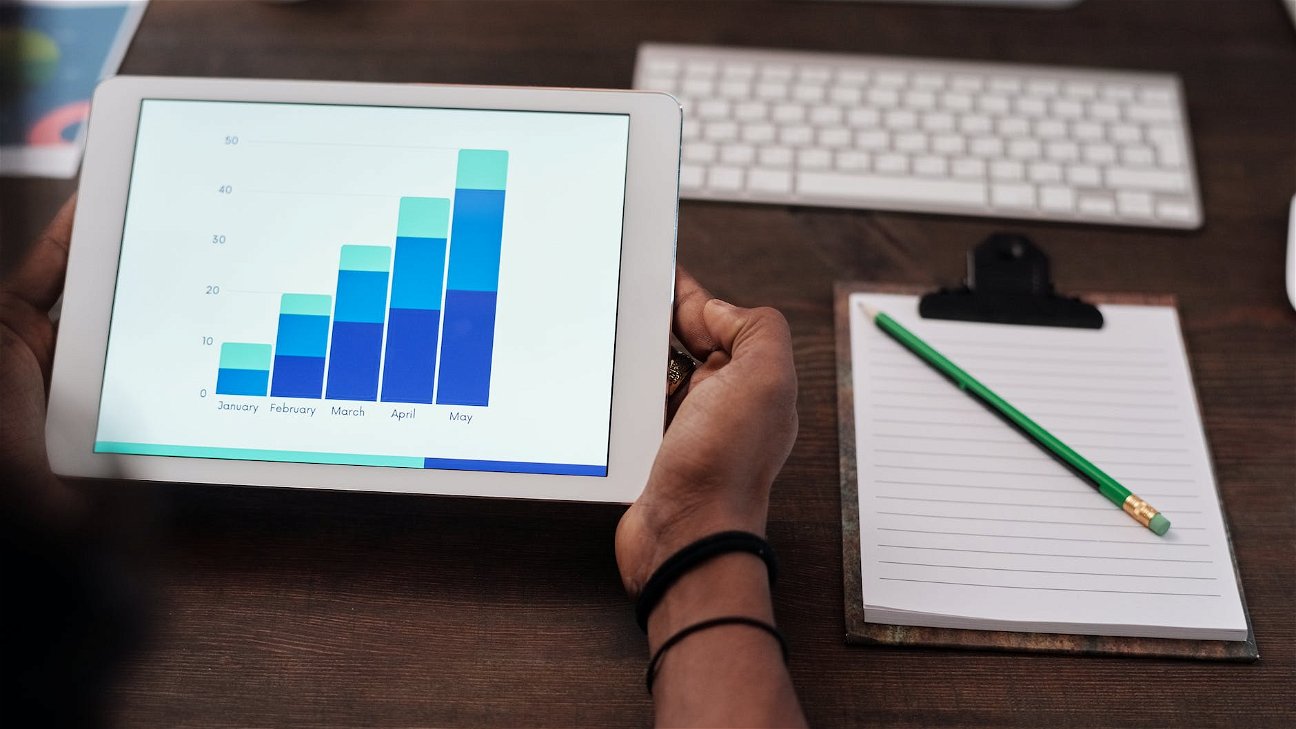
If you're involved in managing a website, you're probably aware of the importance of SEO (Search Engine Optimization). SEO is simply a way to make your site more visible and findable on search engines. But did you know that optimizing images can play a significant role in your SEO strategy? Indeed, SEO-friendly images can help improve your website's visibility, boost its load time, and make a difference in how your site ranks in search engine results. Let's explore some of the best practices for optimizing images for SEO.
Understanding the Importance of Image Optimization
One of the key aspects of SEO involves making sure search engines understand your content. Images, unlike text, aren't easily read by search engine algorithms. This is where image optimization comes in. By optimizing your images, you're providing necessary information that search engines need to understand your content. Further, well-optimized images load faster, making your website more user-friendly and likely to rank better in search engine results.
Image Size and Format
Image size and format are two fundamental elements of image optimization. Large, high-quality images can certainly make your website visually appealing. However, they can also slow down your page load time, which negatively impacts SEO. Tools like Photoshop or online compressor tools can be used to reduce the size of your images without sacrificing their quality. When it comes to formats, JPEG and PNG are the most common. JPEG is ideal for larger photos or illustrations as it provides a good balance of quality and file size. PNG is better for simple or small graphics since it supports transparency.
Using Alt Text and Titles
Alt text and title attributes offer opportunities to both describe your image to search engines and provide a better user experience. The alt text describes what's in the image and the purpose it serves on the page, which is critical for search engine algorithms. Image titles provide more information about the image to the users and can help with accessibility.
Here’s an example of how to add alt text and title in HTML:
<img src="image.jpg" alt="example alt text" title="example image title">
Image Metadata
Image metadata, including the file name and meta description, can further help search engines understand the content of your images. A descriptive, keyword-rich file name is beneficial for image SEO. Instead of a default file name like "IMG_12345.jpg", use a more descriptive name like "black-kitten-playing.jpg".
The Role of Images in SEO
Images play a significant role in SEO, contributing to a more engaging user experience and offering additional ranking opportunities through image search. A website with well-optimized images will not only be more appealing to users but also more likely to rank well in both regular and image search results.
Best Practices for Image Optimization - Quick Summary
Here's a quick summary of the best practices for image optimization:
- Choose the right size and format for your images.
- Make use of alt text and titles.
- Optimize image metadata.
- Compress images to improve load time.
By following these practices, you can make your images work for your SEO strategy, improving your site's visibility, user experience, and overall ranking in search engine results.











